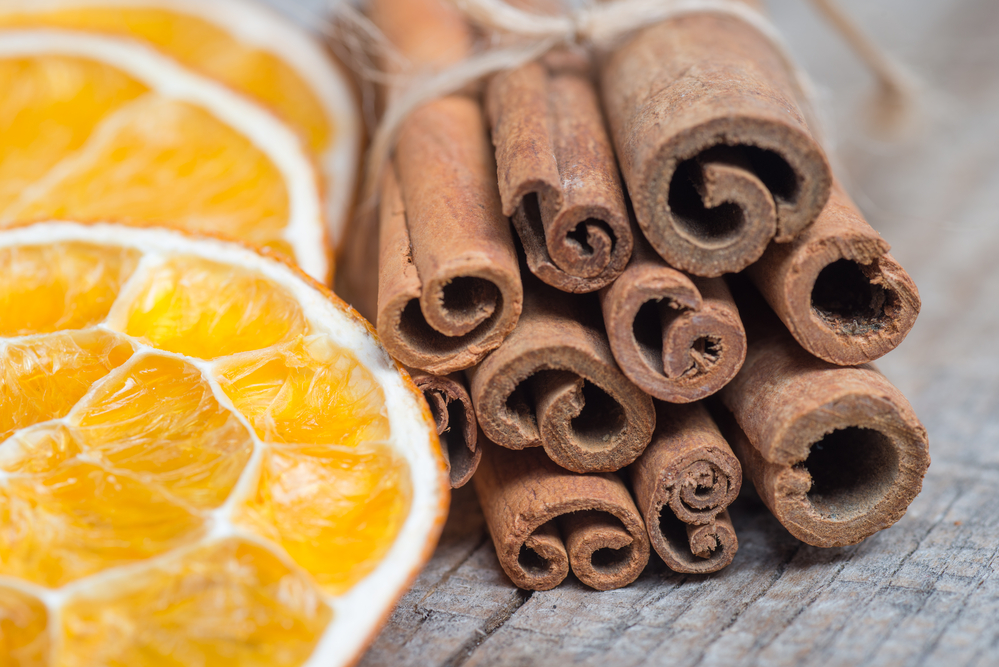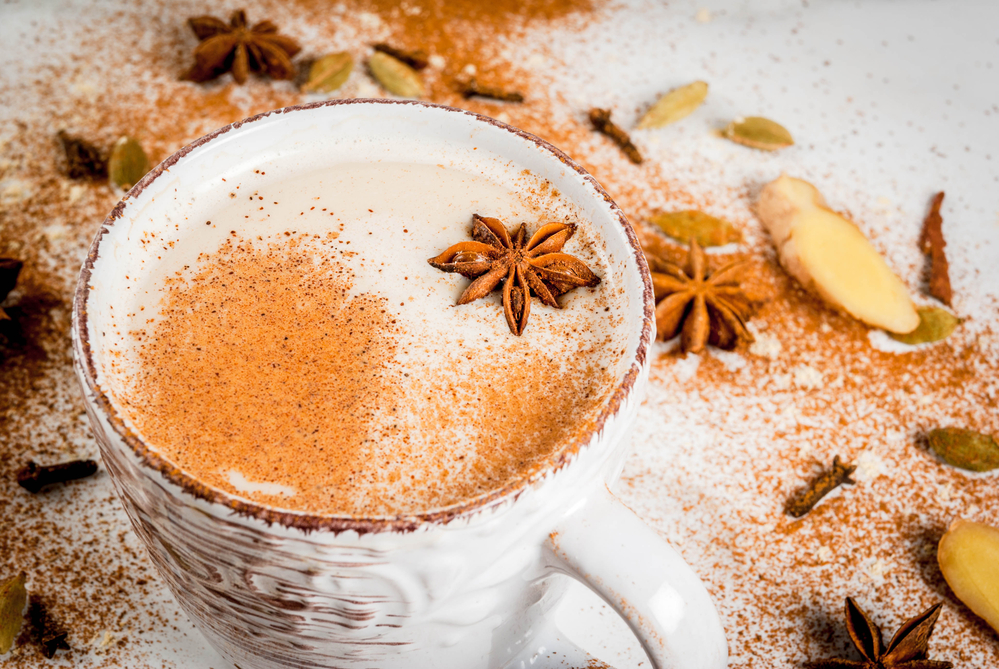Trends in the candle market change with the season, and unique winter fragrances are sure to perform well on shelves this season. There are plenty of trending scents among winter candles right now, but successful candle brands have one-of-a-kind products. They mix a few familiar fragrances to create unique scent profiles that harmonize with the season. Let’s explore some common candle scents that are sure to sell well this winter.
1. Vanilla
Vanilla bean is one of the most popular candle scents year-round, but customers love it, especially in the winter. The distinct scent of vanilla captivates the winter sweet tooths. At a time when candy canes and gingerbread fly off the shelves, it’s no surprise that the go-to sweet scent of vanilla trends high in the candle industry.
Many candle businesses stay traditional with vanilla-scented candles, allowing the vanilla bean fragrance to headline the candle fragrance. These candles perform well routinely, but for those who want to create something more original, vanilla mixes well with many scents. Consider heavy scents like tobacco, fruity scents like lemon, and floral scents like lavender. Or, instead try mixing the vanilla fragrance into a pastry-themed candle, like frosted cookies or cupcakes.
2. Orange Spice

Orange is one of the more common fruit fragrances in the candle industry. With so many complementary aromas, it’s no surprise the scent is so popular. Clove, cinnamon, and other smoky and spicy scents pair perfectly with orange in the winter. The resulting sweet-and-spicy blend hits home with candle enthusiasts everywhere.
3. Pine
When people think of winter, they envision a forest landscape covered in a blanket of snow. Although the masses hurdle inside from the cold weather, forestry and the woodlands remain a traditional winter motif. Candle brands capitalize on this during the snowy season, especially those with adventurous identities. Consequently, pine-scented candles have become a winter staple.
Apple, jasmine, and even other tree-based scents are great complementary aromas to pine. With or without a fruity scent like apples, pine-scented candles appeal to outdoor lovers like no other.
4. Cedarwood
Alongside the fragrance of pine, cedarwood is another woody scent that dominates the winter candle scene. Cedarwood is a beloved candle scent even outside winter, but the outdoor tropes of the season make it a special success this time of year.
If your candle business is looking for winter fragrances to blend with cedarwood, consider sandalwood, juniper, patchouli, and amber. These types of blends come out earthy and rich, thus creating a winter candle that leaves a lasting impression.
5. Gingerbread
Gingerbread is a rare candle scent, but customers easily recognize and love the aroma nevertheless. The smell of gingerbread is synonymous with the winter season; for a unique and festive candle, give this holiday snack a try.
Some candlemakers incorporate spicy scents into their gingerbread candles, resulting in a blend that mimics a teatime snack. Conversely, other brands turn their gingerbread candles sugary-sweet. The combination of gingerbread and marshmallow is familiar to winter shoppers, and the mix of their fragrances is sure to win over sweets-loving customers.
6. Chai

By now, plenty of candle makers have produced their take on a “chai latte” candle, or at least something in the realm of teas and coffees. In other words, the fragrance is tried and true. Contrary to the cedar and pine candles, the chai scent appeals more to the indoorsy customers. If your customers are sitting with a book and cocoa even outside the winter season, you can be sure they’ll love your chai candle this winter.
Though chai candles have become more common, there are still ways for your brand to make a unique version. Nutmeg, peppercorn, vanilla, cinnamon, and clove are all great scent mixers with tea fragrances. Test and mix in small amounts until you have the perfect blend, then get it out on the shelves for the winter shoppers.
7. Cranberry
Among the fruit-scented candles, customers trend toward berry scents during the winter. Cranberry is a lesser-recognized fruit scent in general, but in the fall and winter, cranberries are particularly popular. Naturally, this popularity owes itself to the winter holidays; consider a holiday theme if you already have cranberries in mind. With stunning, in-theme packaging and labels, your holiday candle has a great chance of success.
As a semi-tart, semi-sweet scent, cranberry pairs well with smoky scents like pine and sandalwood. For a sharper and brighter scent, consider a strong citrus pairing instead.
8. Chestnuts
Chestnuts, like cranberries, are more recognizable in the winter season. When customers think of chestnuts, many gravitate to images of holiday tinsel, a warm fireplace, and of course, nutcrackers. These holiday associations make chestnut a remarkable candle scent in the winter.
Many chestnut-scented candles appeal to customers’ familiarity with the nut as a food. The “roasted chestnuts” candle is a common theme, and some candle makers include notes of brown sugar. Still, the chestnut scent is surprisingly versatile. Candle brands have successfully blended scents of ginger, citrus, and more to create experimental aroma mixes.
Conclusion
The winter season opens the door for your business to release high-performing seasonal candles. Your customers’ scent preferences change with the seasons, and if you keep customers top-of-mind, your winter candle line will be a success.
Is your brand getting festive this winter? Take a look at some of our holiday candle business tips to capitalize on the season.

